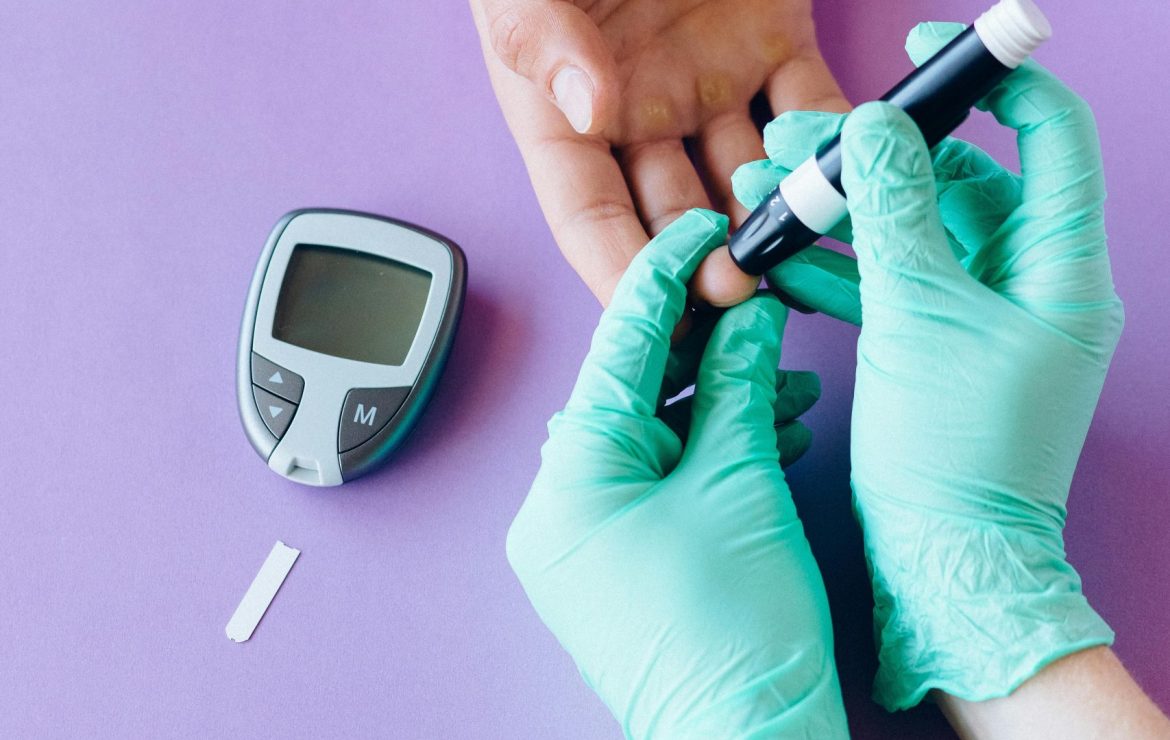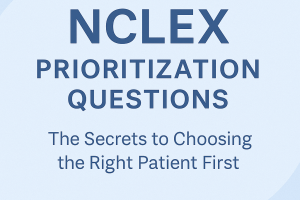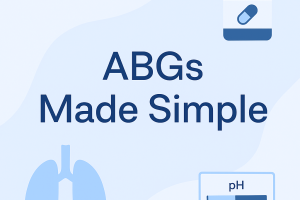INSULIN TYPES AND PROTOCOLS FOR DIABETIC PATIENTS

Insulin therapy is crucial in managing diabetes, helping individuals maintain blood glucose levels within a safe range. For both type 1 and type 2 diabetes patients, understanding the different types of insulin, how they work, and the protocols for using them can make a significant impact on quality of life and health outcomes. This guide explains insulin types, their specific uses, and common protocols that support effective diabetes management.
1. The Role of Insulin in Diabetes Management
Insulin is a hormone produced by the pancreas that regulates blood glucose levels by allowing glucose to enter the body’s cells for energy. In diabetes, the body either doesn’t produce enough insulin (type 1 diabetes) or doesn’t use insulin effectively (type 2 diabetes). Insulin therapy compensates for this imbalance, preventing complications from both high and low blood sugar levels.
2. Types of Insulin and Their Functions
Insulin types are categorized by their onset, peak time, and duration of action. Here’s an overview of the main types of insulin used in diabetes management:
• Rapid-Acting Insulin
Rapid-acting insulin (e.g., insulin lispro, aspart, and glulisine) begins working within 15 minutes, peaks in about 1–2 hours, and lasts 3–5 hours. It’s typically used right before meals to manage post-meal glucose spikes.
• Short-Acting Insulin
Short-acting insulin, such as regular insulin, takes effect within 30 minutes, peaks in 2–4 hours, and lasts 5–8 hours. Often given 30–60 minutes before meals, it helps control blood sugar levels during digestion.
• Intermediate-Acting Insulin
Intermediate-acting insulin (e.g., NPH insulin) starts working in about 1–2 hours, peaks between 4–12 hours, and has a duration of up to 18 hours. It’s commonly administered twice daily to maintain glucose control throughout the day.
• Long-Acting Insulin
Long-acting insulins, such as insulin glargine and insulin detemir, provide a steady level of insulin over 24 hours. They have no pronounced peak and help maintain baseline insulin levels.
• Ultra-Long-Acting Insulin
Ultra-long-acting insulins, like insulin degludec, provide insulin for more than 24 hours. They are typically given once daily to create consistent insulin levels, reducing the risk of nighttime hypoglycemia.
3. Insulin Protocols for Effective Diabetes Management
The choice of insulin protocol depends on the individual’s type of diabetes, lifestyle, meal patterns, and glucose targets. Common protocols include:
• Basal-Bolus Regimen
This regimen involves combining a long-acting insulin (basal) for all-day coverage with a rapid- or short-acting insulin (bolus) for meal times. This approach closely mimics natural insulin secretion and provides flexibility for patients.
• Sliding Scale Insulin Therapy
Sliding scale therapy adjusts short-acting insulin doses based on blood glucose levels before meals. Though convenient for some, it doesn’t provide basal insulin coverage and may lead to glucose fluctuations if used as a standalone approach.
• Fixed-Dose Regimen
In this simpler approach, patients take the same dose of insulin daily, typically combining intermediate-acting insulin with regular meals. Although it may be suitable for those with stable glucose levels, this regimen lacks flexibility for dietary changes.
• Carbohydrate Counting and Insulin-to-Carbohydrate Ratios
Patients count their carbohydrate intake and calculate insulin doses based on a set ratio (e.g., 1 unit of insulin for every 10 grams of carbohydrates). This technique works well with rapid-acting insulin, allowing patients to tailor doses more precisely.
4. Key Considerations for Insulin Therapy
Each patient’s insulin protocol should be individualized. Important factors to consider include:
• Monitoring Blood Glucose
Regular monitoring allows for immediate adjustments in insulin dosage, especially in protocols with variable insulin doses like the sliding scale and carb counting methods.
• Injection Techniques
Proper injection sites, needle depth, and rotation of sites (to prevent lipodystrophy) improve insulin absorption and reduce complications.
• Hypoglycemia Awareness
Insulin therapy requires vigilance to avoid hypoglycemia. Patients should be familiar with symptoms like shakiness, sweating, and confusion, and know how to respond by consuming fast-acting carbohydrates.
• Lifestyle and Diet
Exercise and meal timing can influence insulin needs. An individualized approach to physical activity, along with consistent carbohydrate intake, supports steady glucose levels.
5. Benefits of Insulin Therapy for Diabetic Patients
With careful adherence, insulin therapy can provide the following benefits:
• Improved Glucose Control
By closely mimicking natural insulin patterns, protocols like basal-bolus regimens or carb counting enhance glucose management and flexibility.
• Reduced Risk of Long-Term Complications
Effective glucose control reduces the risk of complications such as cardiovascular disease, neuropathy, and kidney disease.
• Enhanced Quality of Life
Tailored insulin protocols offer greater freedom and support an active lifestyle, helping patients manage diabetes more effectively.
NCLEX-Style Practice Questions
1. A nurse is teaching a newly diagnosed diabetic patient about insulin types. Which of the following insulins is considered rapid-acting?
A. Insulin glargine
B. Insulin lispro
C. NPH insulin
D. Insulin detemir
Answer: B. Insulin lispro is a rapid-acting insulin that starts working within 15 minutes.
2. A diabetic patient on a basal-bolus insulin regimen is about to eat lunch. Which type of insulin should be administered to cover the meal’s glucose load?
A. Intermediate-acting insulin
B. Ultra-long-acting insulin
C. Short- or rapid-acting insulin
D. Long-acting insulin
Answer: C. Short- or rapid-acting insulin is administered before meals in a basal-bolus regimen to control post-meal glucose levels.
3. A nurse is educating a patient on hypoglycemia symptoms related to insulin use. Which symptom should the nurse include?
A. Blurred vision
B. Weight gain
C. Increased thirst
D. Decreased appetite
Answer: A. Blurred vision, along with shakiness and sweating, is a common symptom of hypoglycemia.
Conclusion
Effective insulin therapy is essential for managing diabetes and preventing complications. Understanding the various types of insulin and protocols enables patients and healthcare providers to develop individualized regimens that best suit each person’s lifestyle and health needs. Regular monitoring, education, and lifestyle adjustments help ensure that insulin therapy offers both safety and flexibility, supporting long-term health and quality of life






